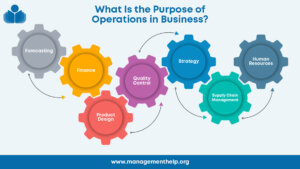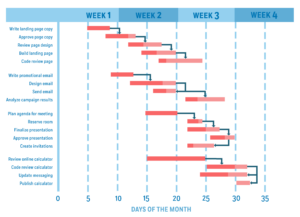As a general rule, project teams will agree with the idea that Risk Analysis makes for a better project. It gives the team visibility of worrisome items, a forum to prioritize them, and some time to react before the risk materializes. So why don’t more project managers incorporate Risk Analysis regularly in their project’s governance?
Oftentimes, the response I hear is ‘lack of time’. A colleague said to me recently: “We already have such limited time to meet as a team, that when we do come together, we have to stay with tactical moves”. Certainly a valid point. But we can streamline as much as possible the Risk Analysis exercise, and incorporate it at the end of a regular Status Meeting once every few weeks (how many weeks will vary — different projects have different risk content). Once done, Risk Analysis might avert problems that would have caused many hours of these “tactical moves” to resolve later.
Here’s how the exercise goes:
• If Risk Analysis has never been done, bring a list of “Risk Categories” to the team meeting (such as organization, technology, infrastructure, subcontractors, logistics, client finances, etc). Of course, categories can be added once at the meeting. And if a Risk Log already exists, bring that to start the discussion.
• Ask the team members: “What are your worries?” regarding these categories. Worries are equivalent to risks. This is your initial list of Risk Events.
• Vote on this list of Risk Events, both in terms of likelihood of each one happening and impact, if the event were to happen. The quickest scale I have found is assigning values of ‘low’, ‘medium’ or ‘high’. So each Risk Event ends up with two scores: one for likelihood, one for impact.
• Write down in a Risk Log only the events that were considered ‘High’ in likelihood and ‘High’ in impact. As a team, decide what would be the best response from the project: a mitigation? a way to avoid it?
• Finally, like action items, each one of these risks is assigned a person in the team to monitor it. So if the risk looks about to happen, this person can alert others and the agreed response would be put in place.
Again, a few weeks later (four? six? eight?), depending on whether the project environment is more stable or more uncertain, we can repeat the exercise at the end of a regularly scheduled Status Meeting.
So go take care of that “Risky Business” in your project and, in the process, look more professional to your Executive sponsor.
—————————
For more resources, see the Library topic Project Management.
—————————
 Sections of this topic
Sections of this topic













